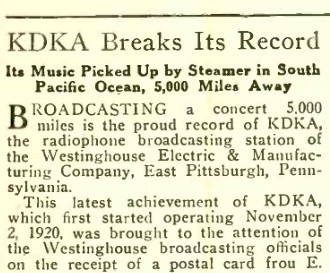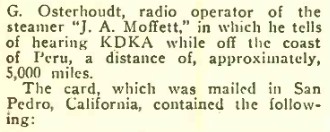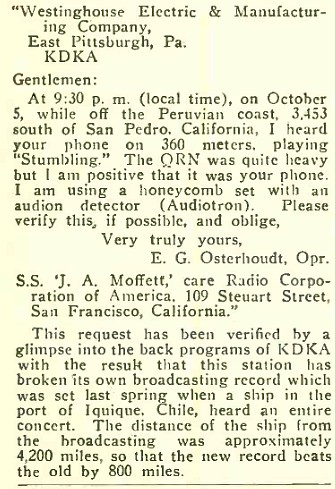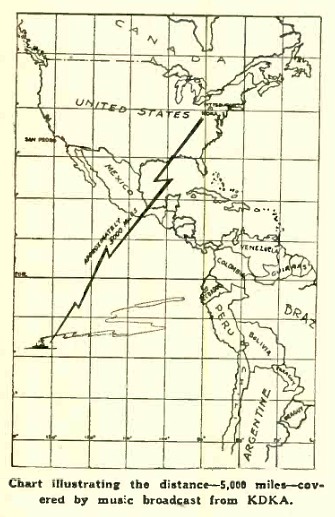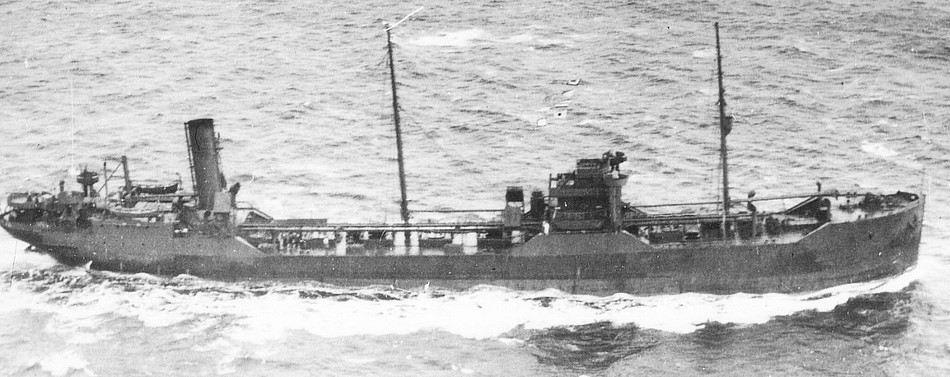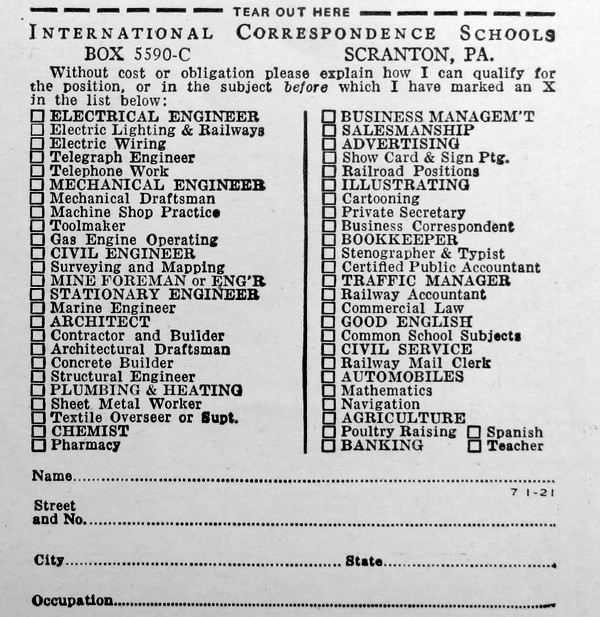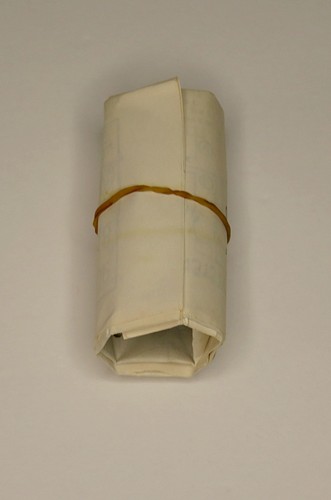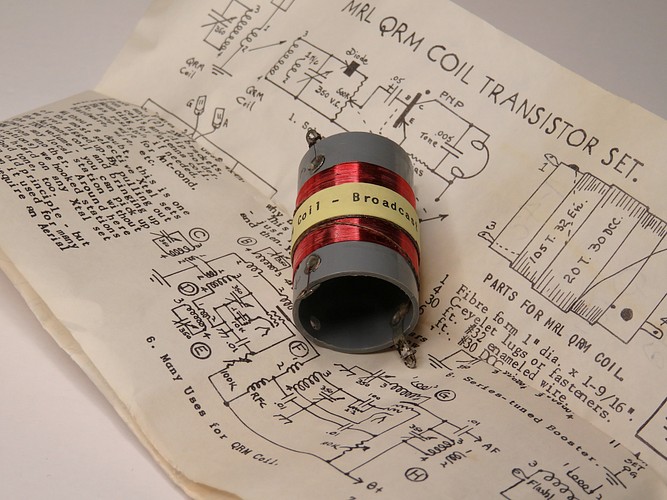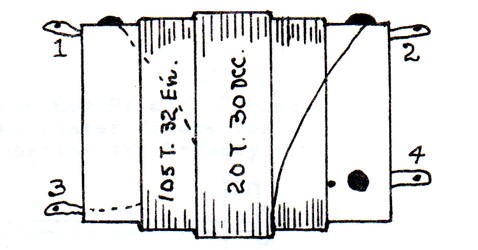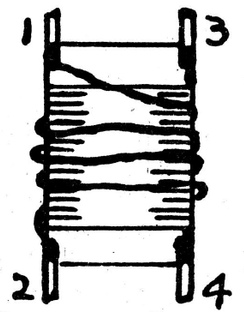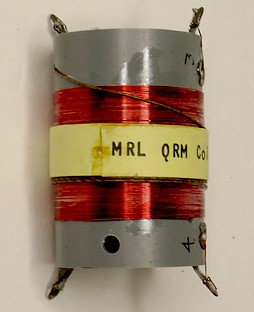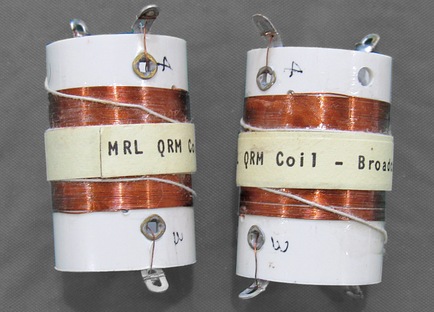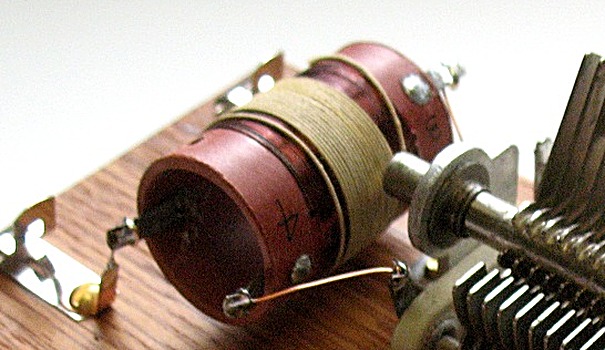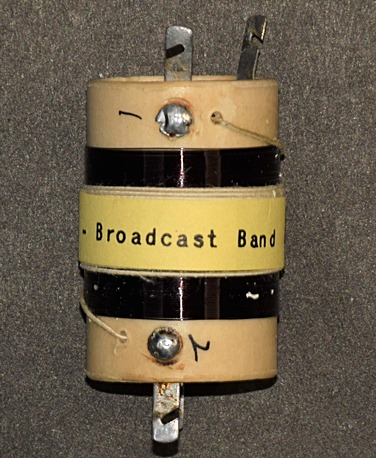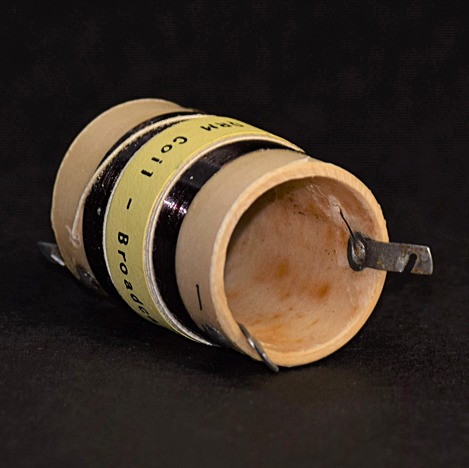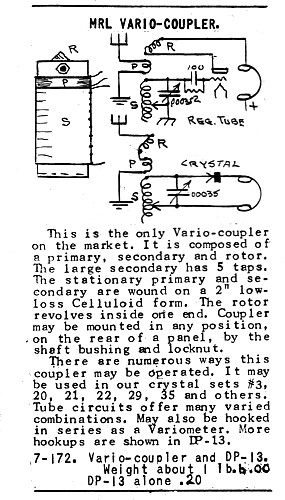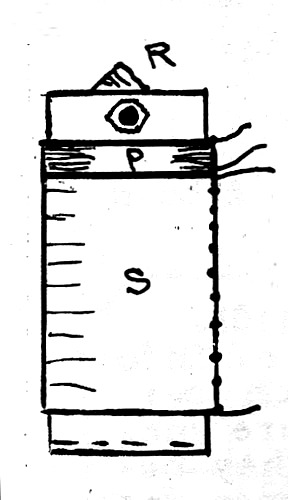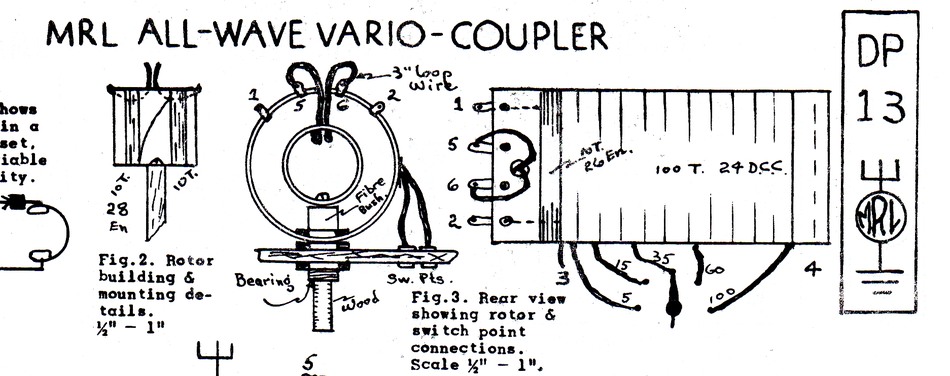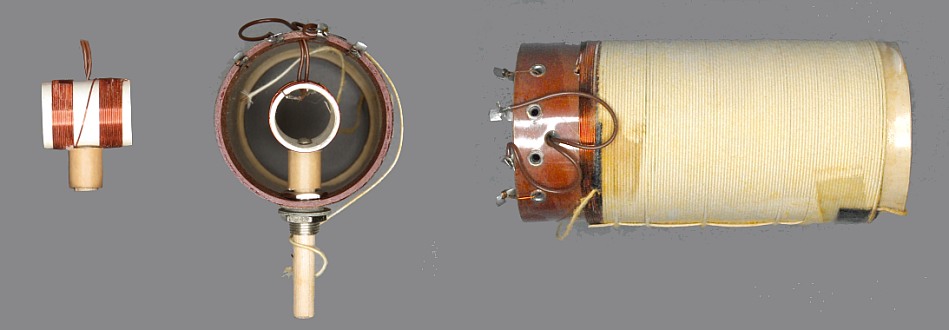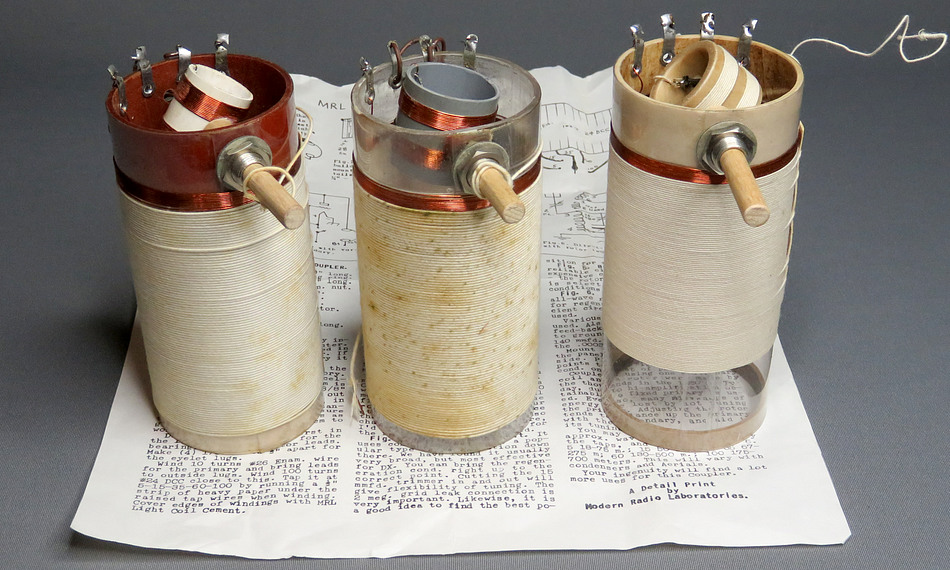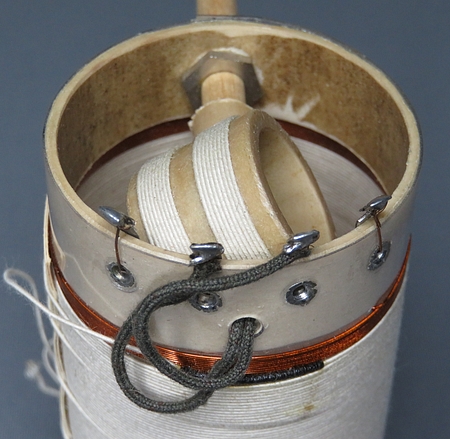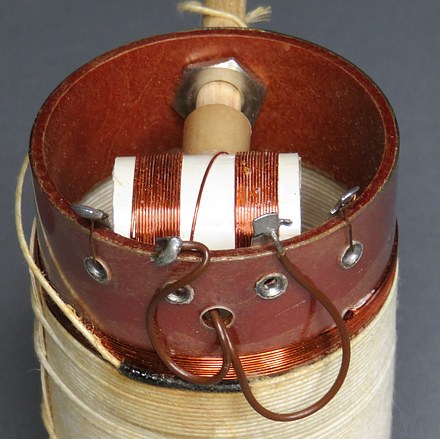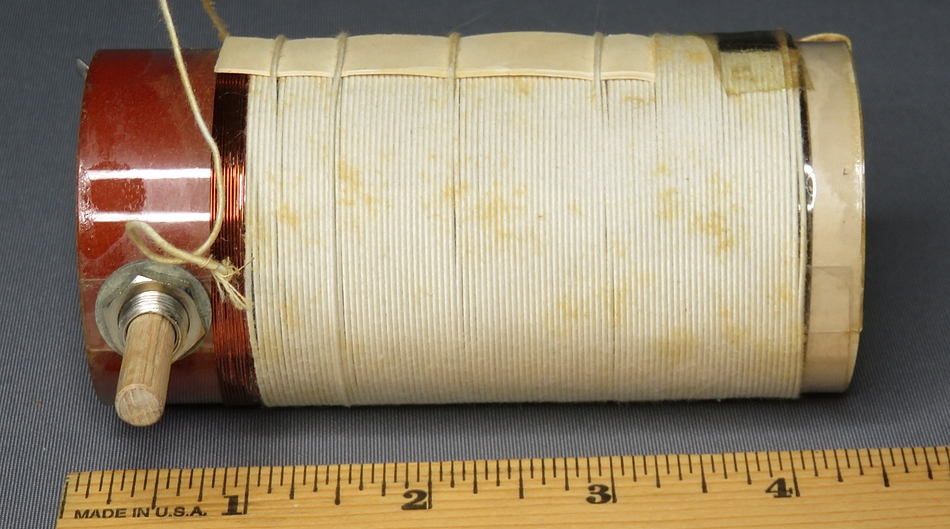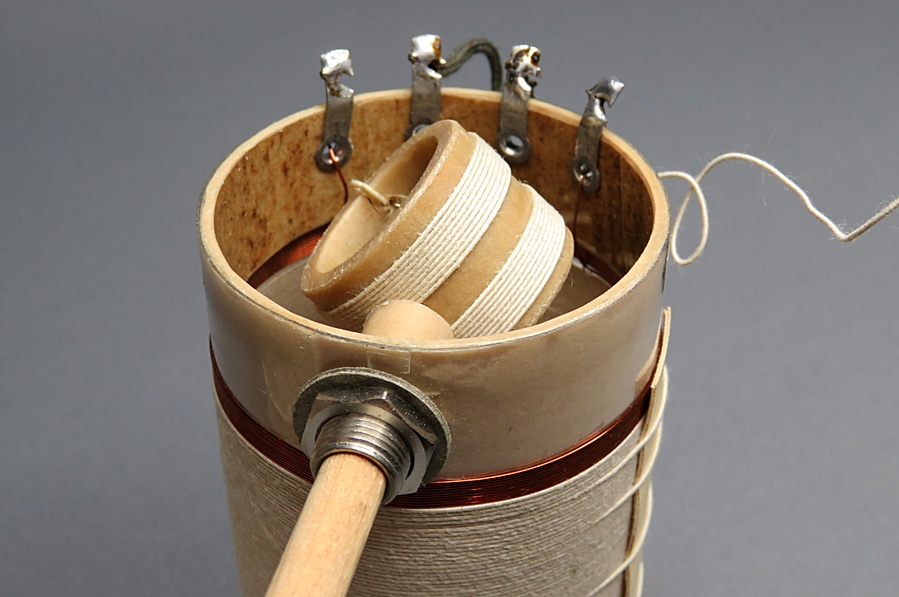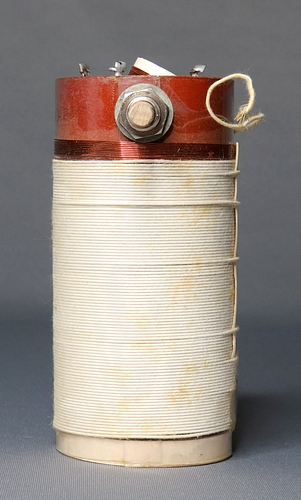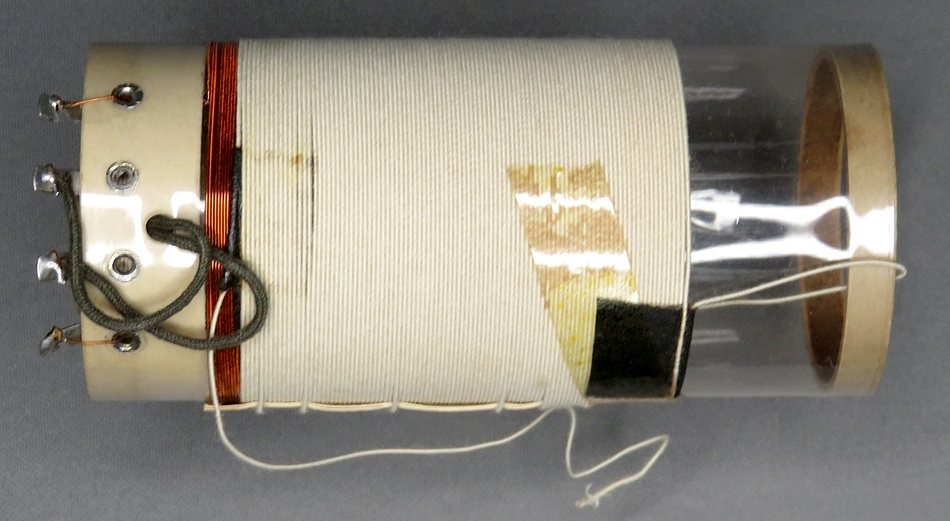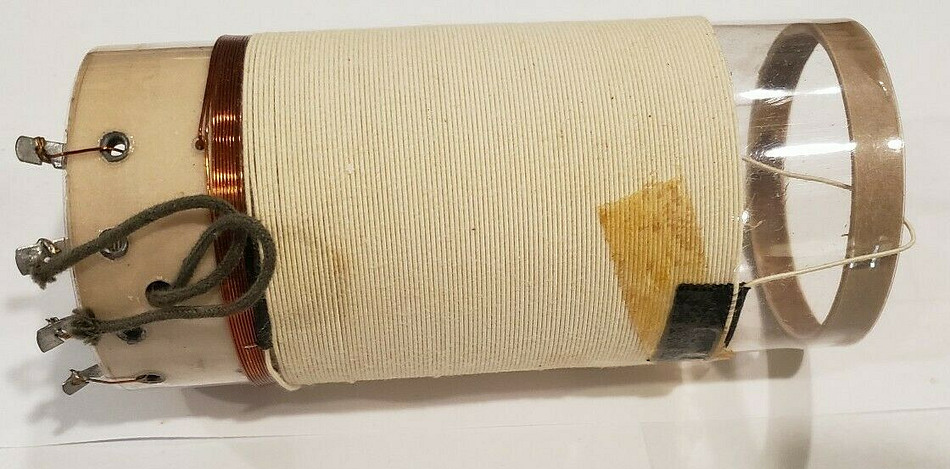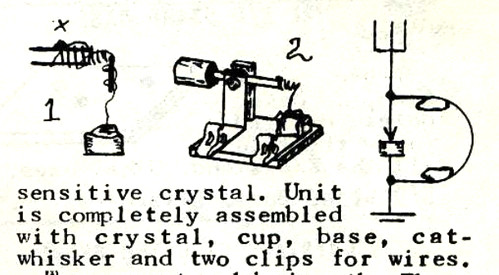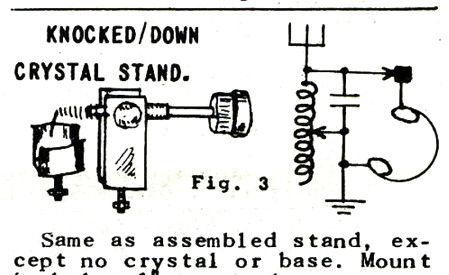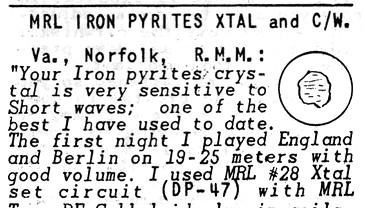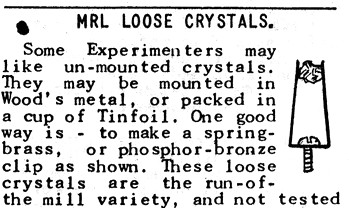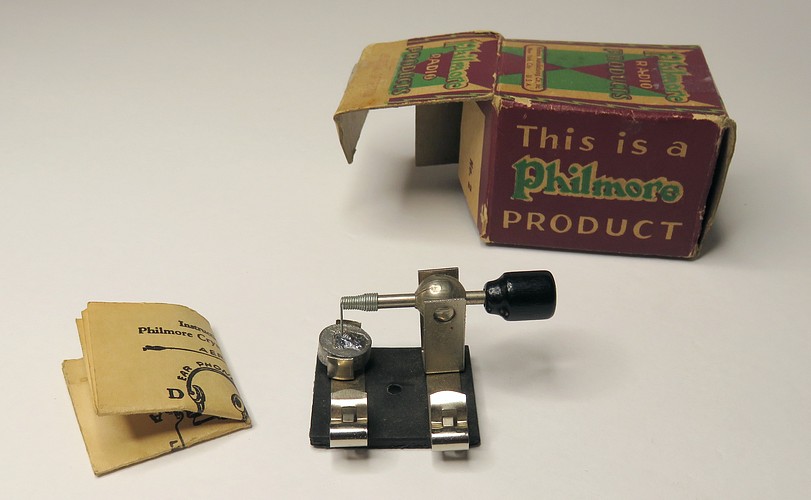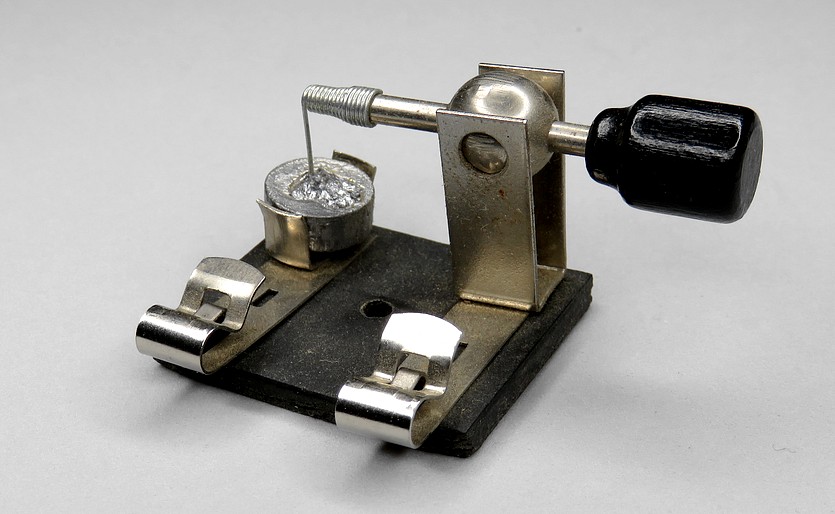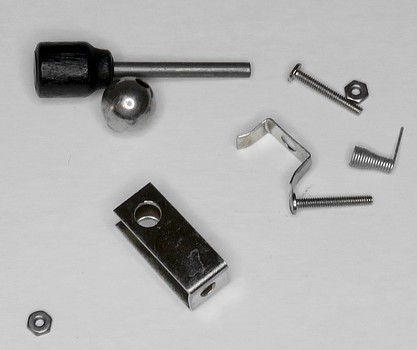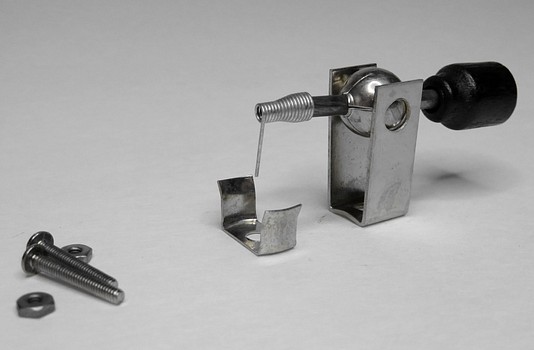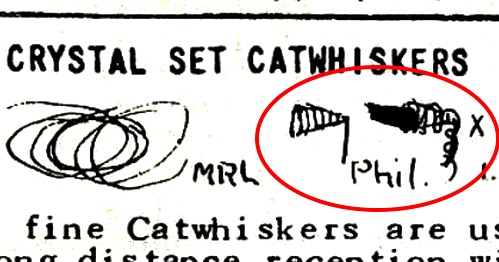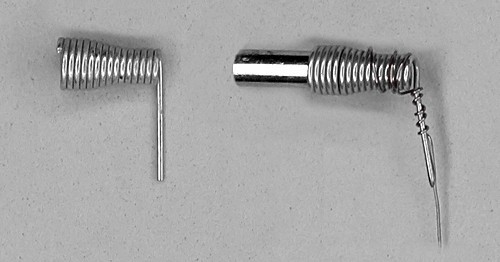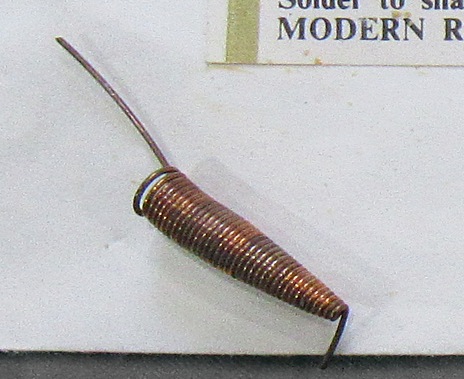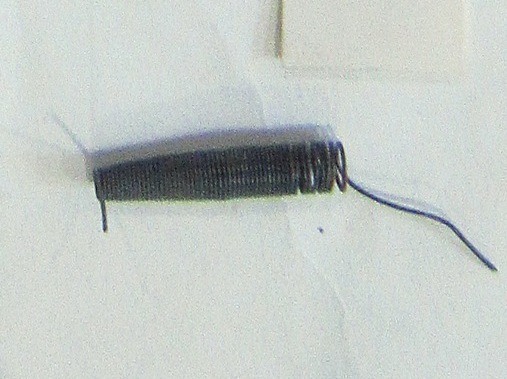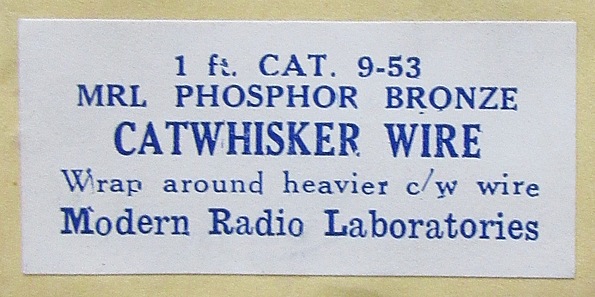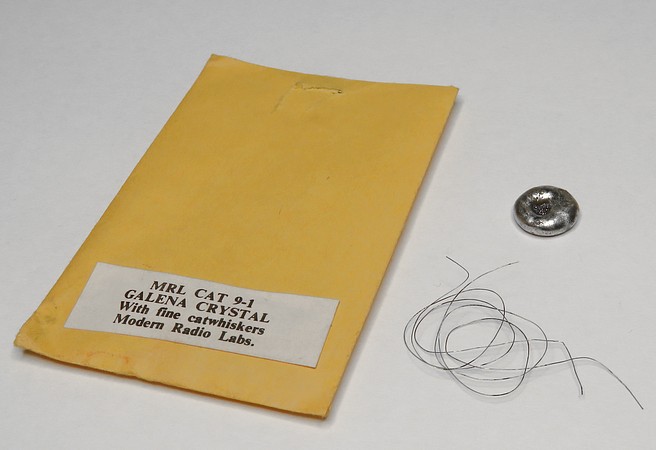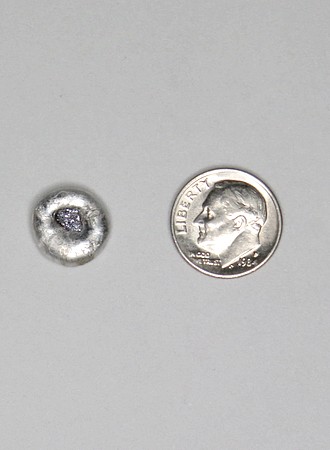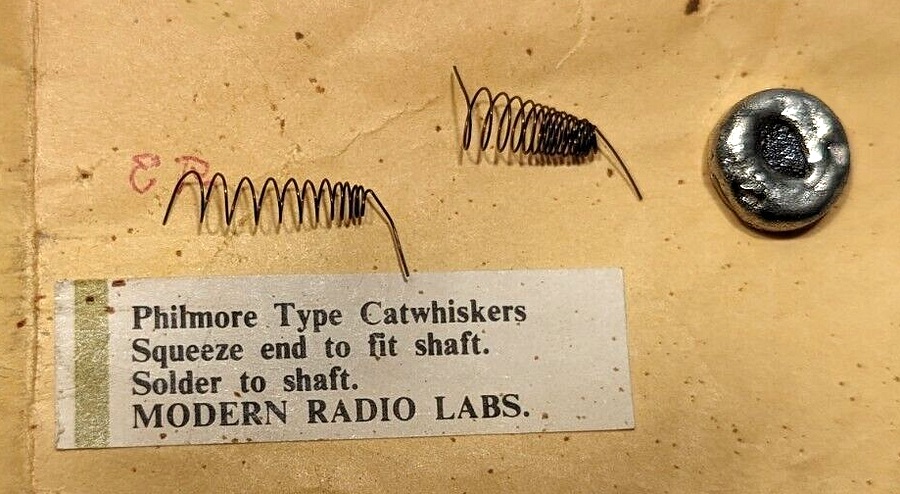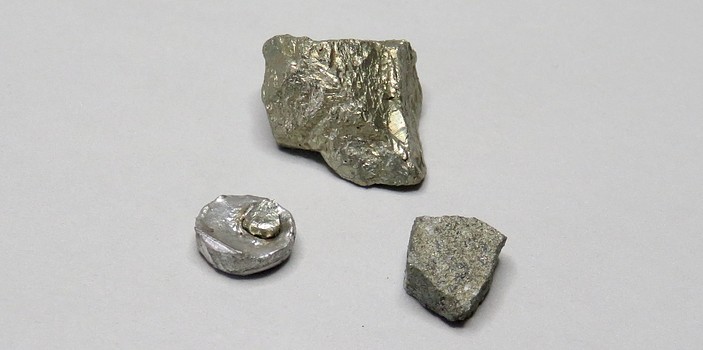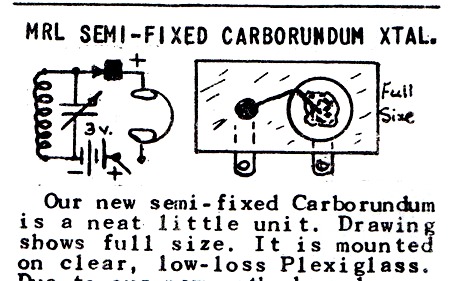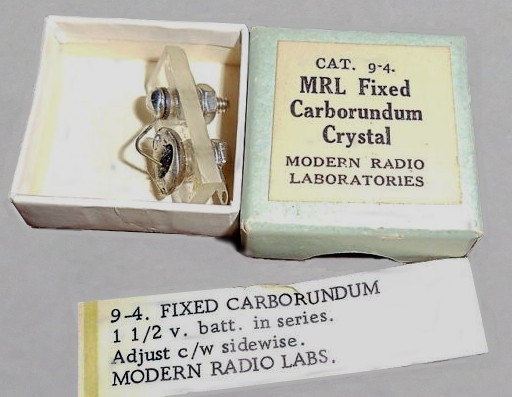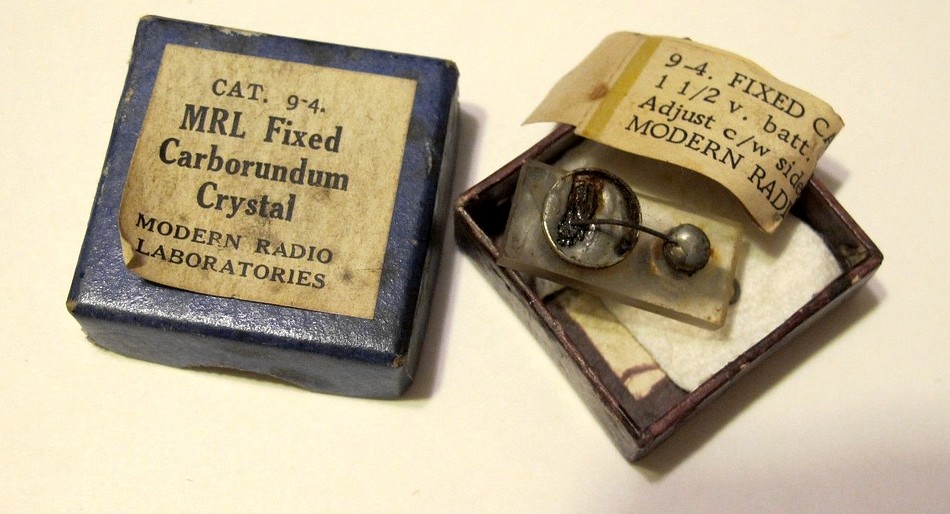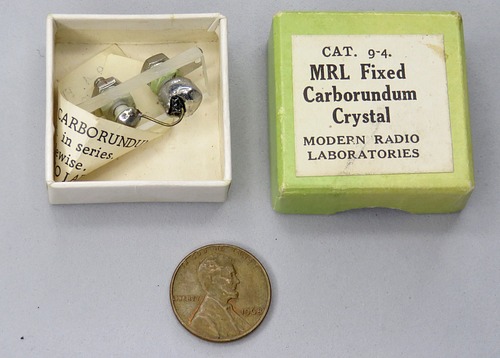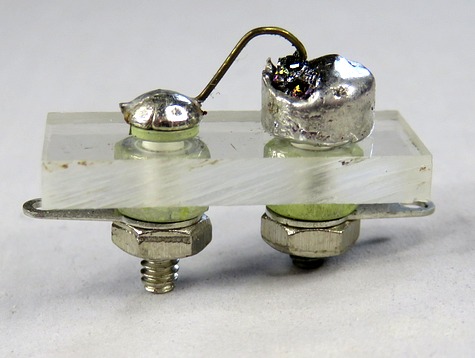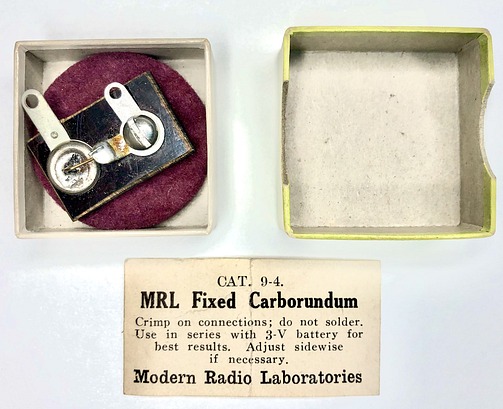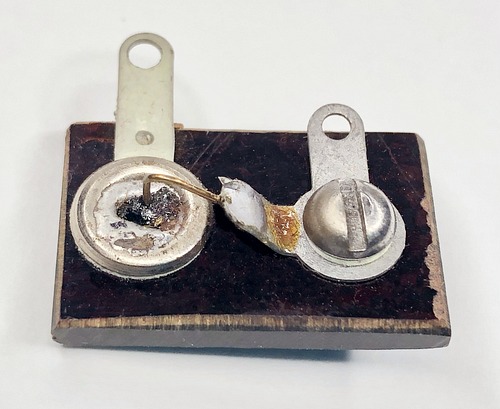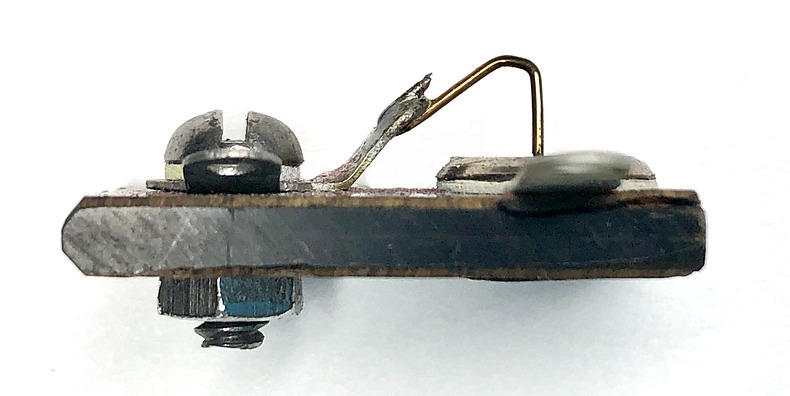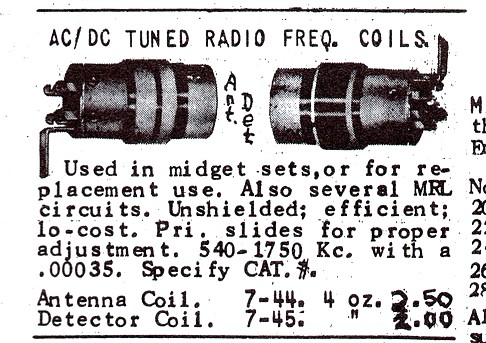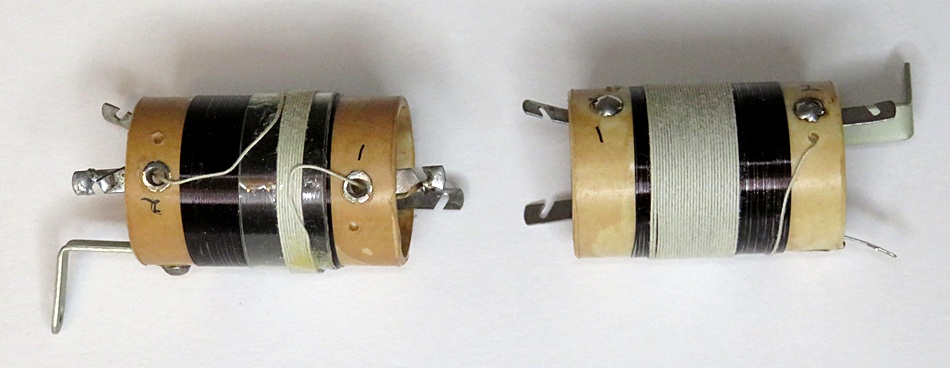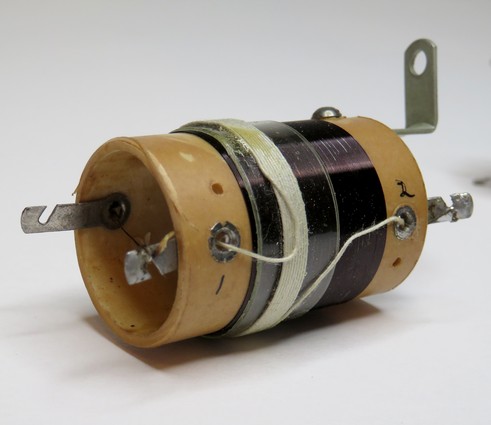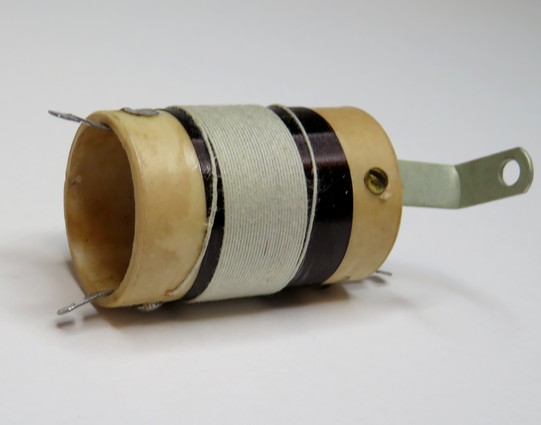|
|
|
|
|
Before we go on, does anyone know
where Elmer Osterhoudt was on the night of October 5, 1922?
Anyone? Anyone?
You there, on the computer! Stand up! Where was Elmer on
October 5, 1922? ...That's correct. Very good. You may
be seated.
He was 3,453 miles south of San Pedro, California, off the
coast of Peru, aboard a steam ship named the J. A. Moffett. |
|
|
|
|
|
|
This
letter is on page 25 of the December 1922 issue of |
Radio World |
|
|
The story appeared in several California newspapers. |
|
Of all the places in the world one could calculate the
distance from while aboard a ship, why would Elmer select
San Pedro, California? Apparently, San Pedro was the port
from which the ship left. According to the Sacramento
Daily Union, December 17, 1922, it was also the place
the postcard was mailed from.
On the night Elmer set the record while aboard the J. A. Moffett,
the ship was on its way to Chile. The antenna on the ship
was made of four separate wires, 300 feet long, and the
hull of the ship was used as the "ground." The radio was a one tube
regen using a 6 volt Audiotron and honeycomb coils. On that
night, he also picked up hundreds of other signals, and
wrote that he would have set more records if he had bothered
to log them. He made two more trips to Chile, but never
experienced the same receiving conditions again. |
|
|
|
|
|
|
The J. A. Moffett, built in 1914 for Standard
Oil of California.
More information and other views of the ship can be found
here.
Elmer was the radio operator
aboard the J. A. Moffett from July 3, 1921 to September 4,
1923. He made up crew lists,
acted as the mailman, collected correspondence courses
* and "got the press out." He did typing of
all kinds, from making payrolls and immigration lists to
love letters from the captain. "Love letters" seems to be
sarcasm.
* Correspondence courses
were very popular aboard ship. Thousands of men took courses
in navigation, marine, electrical, gas and steam
engineering. In 1916, I. C. S (International Correspondence
Schools) reported they had 16,103 students aboard merchant
vessels and 11,427 students in the Navy. |
I.C.S. ad from 1922 Popular
Mechanics.
Elmer may have taken the Pharmacy course (bottom left row) from
I.C.S.
He also took courses in botany and elementary
physiology from The University of Oregon.
Elmer could send and receive Morse code at 30 words per minute. He
could type 40 words per minute. The code didn't come to him easily. It
took years on his own to reach 7 WPM. In 1919 he enrolled in
the YMCA Radio School in Los Angeles and it took him a year
of night school to reach 20 WPM. During his last FCC exam an
inspector told him his sending was "lousy." He was
not deterred in the least, he wrote that not a single
operator at the school couldn't copy his code.
In the 1930s Elmer took a month long brush-up course on
radio theory and Morse Code at Pacific Radio School in San Francisco. This
allowed him to pass his FCC license renewal exam with ease.
However, he was unable to get a job aboard a ship due to the
Great Depression, and wrote that he had wasted a months
time. Two years later he again renewed his license, but
without brushing up on the code. He passed the exam on his
second attempt.
As for the wasted time, in a 1953 edition of Radio Builder
and Hobbyist (No. 35) Elmer wrote that he actually got
untold value for his time taking the course. |
|
|
|
|
|
And now, without further ado, the catalog
drawings and photos of actual products. |
|
|
|
|
MRL QRM INTERFERENCE COIL |
|
|
|
This is Elmer's drawing of the
MRL QRM coil. It is used as a "wave trap" to reduce interfering radio signals.
What does it
actually look like? |
|
|
|
|
| It was shipped wrapped in
Detail Print 18, which describes its construction and use. It is 1.5
inches long with a
diameter is one inch. |
| |
|
|
| Here's the picture from Detail
Print 18. Why didn't Elmer use this one for the catalog? |
| |
|
|
Very
nicely constructed. How long did it take Elmer to
make this? How long did it take just to make the
empty coil form? Each form is cut to 1.5 inches
long, has nine strategically placed holes, and four
riveted eyelets holding the solder lugs.
He wound
the large coil, covered it with coil cement, and
when dry wound the smaller coil on top of it. He printed, cut out
and attached the label, then marked the solder lugs.
In 1963 he sold these for fifty cents, which is
about $5.00 in 2023.
If there is $1.00 in materials in each coil (in
2023), Elmer would have to make and sell four coils
an hour to earn minimum wage in California. |
|
| |
|
|
|
Mr. Osterhoudt must
have made thousands of these over the years. |
|
|
|
MRL QRM coil from 1974. This one is in use
by James McNutt as a stand-alone wave trap.
| James McNutt is an author of crystal set books and goes by the pen
name K. E. Edwards. |
LINK |
|
|
|
|
|
|
| The QRM
coil above is owned by Victor Rodriguez, who reports
that the coil form dimensions are 1.5685 inches long
with an outside diameter of 1.0065 inches, and a
wall thickness of 0.068 inch. I apologize on his
behalf for the vague and imprecise measurements.
|
|
|
|
|
|
|
|
| On the same page
as the QRM coil is the MRL VARIO-COUPLER. This is composed
of two coils on a cylindrical coil form with a third coil
inside. The user can turn the inside coil and vary the "coupling" of the coils. What
does it actually look like? On the right we have zoomed
in, just as though you were reading the catalog and peered
in for a closer look. Nah, I'm just not getting it. Does it
have an eye in the top? Is it lookin' at you? |
|
|
|
|
| The catalog states the vario-coupler
comes with Detail Print 13, or you could buy DP-13
alone for 20 cents. At the top of DP-13 are more drawings of the
vario-coupler. It is still hard to tell what the actual coil
looks like. |
|
|
|
|
An attempt has been made here
to substitute the DP-13 drawings with photos of an actual MRL
vario-coupler.
This is listed as the #29 Variometer, Catalog No. 7-194 on page F6
of the catalog.
It is used in the MRL #29 Variometer Crystal Set. The circuit is
found in Hand Book 25 and Detail Print 44.
|
|
|
|
The construction of the
vario-couplers seems to have been very labor intensive, as
Elmer built them all by hand. It's not possible to date
these. The one in the center was sold by MRL in 1979, but
Elmer stopped ordering the cotton covered wire in 1975.
Notice that the wire doesn't cover the entire coil form on
the right. That's because he used thinner gauge wire, which
makes the coil tune sharper. None
of the parts are "standard." Every time he changed the wire
or the diameter of the coils he had to recalculate
the number of turns. |
|
| |
|
|
|
Riveted eyelets hold wires and
solder lugs in
place. It seems he did strive to make a
"factory made" product even if every one was
unique. |
| |
|
|
| |
|
|
| This is the work of
an artisan. |
| |
|
| |
|
|
| Now that we've seen
photographs of the vario-coupler, the drawings are easier
to understand. |
|
| |
|
|
|
The quality of this vario-coupler is
outstanding for a product that was just one small item in
the catalog.
|
|
|
|
|
This one was found on ebay in June of 2020. It sold for $26.10 with shipping.
|
Notice the
yellowed cellophane tape, which Elmer called "cello tape."
In 1930 it was considered a marvelous invention.
Many magazine articles were published showing the various uses of
this wonderful new pressure sensitive transparent tape.
What was unknown then was that millions of photographs,
newspaper clippings, stamps, scrapbooks and basically
anything that was "taped together" would be ruined
by the tape. The
glue on the tape dried, turned brown, separated from the
cellophane, and left a stain on whatever the tape was
attached to. |
|
|
|
|
|
CRYSTAL STAND and CRYSTALS |
|
|
|
|
|
Back to the catalog, we want to
build our first crystal radio and need a crystal and
something in which to mount it. On page F-1 we find the crystals
and stands.
These pictures are very different than the others in that
they show the stands at a slight angle. In the left picture,
No. 1 is pure Elmer Osterhoudt. No. 2 seems to be a photo
that he has gone over in ink; same with Fig. 3 on the right. |
|
|
|
|
|
Here are the crystals.
|
|
|
|
|
|
|
Assembled crystal stand. $1.00
in the 1986 catalog. A New Old Stock one today sells for $75.00
|
|
|
Knocked down crystal stand.
Elmer sold these for 50¢. Today they are $55.00.
|
|
|
|
|
|
| In section F of the catalog we find this
entry for "MRL CATWHISKERS." What are the objects
circled in the drawing? The first one is a Philmore cat
whisker, and next to it is a Philmore cat whisker with an
MRL cat whisker wrapped around it. |
|
|
|
|
|
|
|
|
|
|
MRL Phosphor-Bronze |
MRL steel wire |
|
|
|
|
|
|
|
|
|
|
|
MRL crystal and "fine" cat whisker. Elmer sold Steel
Galena, Silicon, Iron Pyrites and Carborundum. |
| |
|
|
| "Philmore Type Catwhiskers." The crystal is
potted in bits of scrap solder that have been melted down. |
| |
|
|
MRL loose
crystals. The larger one is
Iron Pyrites (fool's gold) the other is Steel Galena.
An MRL mounted Iron Pyrites crystal is shown
for scale.
|
|
|
| MRL advertisement from Popular
Mechanics, October, 1947. |
There were two competitors advertising in
the October 1947 issue. Amorose Radio and "Allen"
(Alva Allen, the "Crystal King"). Both
offered a crystal and instructions for 25¢.
It seems Elmer bested them by offering SIX crystals and
catwhiskers, instructions and a catalog, for the same price.
This is the only ad I can find where Elmer offered something
other than literature. It only ran one month. |
|
|
| |
|
|
Here is the drawing in the catalog
for the MRL Carborundum Crystal.
50¢ in 1972, one dollar in 1983. What does it look like in real life? |
| |
|
|
| The piece of plexiglass is one
inch long by one half inch wide by 1/8 inch thick. |
| |
|
|
| The crystal is "fixed" in that it
needs no adjustment. |
| |
|
|
| Every one of these
was assembled, "fixed" and tested by Elmer. How many did he make? |
| |
|
|
| The detector and box it came in
are actually quite
small. |
| |
|
|
A completely different design,
probably much older than the examples above.
It measures 1 inch long x .65 inches wide, slightly wider than the
plexiglass versions.
The instructions say to use 3 volts instead if 1½
volts. |
| |
|
|
| The base of this one is possibly
Bakelite. It's 1/8" thick. |
| |
|
| PHILMORE FIXED
CRYSTAL DETECTOR |
|
| |
|
|
| Obviously made by Philmore and not MRL.
These did not appear in the MRL catalog till the 1970s.
Inside is a crystal diode. |
|
| |
|
| TUNED RADIO FREQUENCY COILS |
|
| |
|
|
Elmer used a photograph
of the coils lifted from another catalog instead of one of his own drawings.
However,
you didn't get the factory made coils shown in the photograph. |
| |
|
|
| Instead, you got these cool
MRL made coils. When they stopped being commercially made, Elmer
just made his own! |
| |
|
|
The reason for the cloth covered wire is
for spacing between the turns.
|
|
|
|
| Other than Paul Nelson, who took
over MRL after the death of Elmer Osterhoudt, I know of only
two other people who have met Elmer. One person is Jim McNutt. He
lives in Oregon, his call sign is WA6OTP. He related this
story to me via email:
"I
was 8 yrs old* and read in the back of "Boys Life" that you
could buy a Radio Kit for $3.75 from Modern Radio Labs. I
looked at the Address and it was only a few blocks away. I
had been working mowing lawns and the like, and had the money
and wanted to try it. So on Saturday I peddled to the
address on Volata Rd.** in Redwood City, Cal. and went back
and forth, but the address was a house. That confused a
little boy, I was looking for Modern Radio Labs. Soon a tall
older man ( I was 8 remember ), came out and asked "What are
you doing?" I told him, and he said "you found it, come on up."
In those days garages were detached and two strips of
concrete lead up to two doors that opened from the middle.
It was Modern Radio Labs. He had a work bench, with light
bulb to control voltage and wires and all kinds of stuff I
did not know what they were. He asked what I wanted and he
pulled a box off a shelf and sold me the crystal set. MRL #1
Long Distance. I built it. It worked. It was magic.
I still build Crystal Sets and other Radios. When I was 30
I went to see him, He was quite old then. I bought one of
every thing he had. Every Book, every note sheet and every
kit. He died soon after that. Nice man. "
In 1974 Jim bought one
of everything Elmer had. Jim said Elmer was "quite old."
Jim was 30; Elmer was 75.
Jim McNutt wrote the
book "Radios That work For Free" under the pen name of K. E.
Edwards. You can get a copy at his
* This
was in 1952.
** The address was
1131 Valota Road in
Redwood City, CA |
|
|
|
|
|
Using Google Maps we
can find the house at 1131 Valota Road in Redwood City, CA.
MRL was in that garage in 1952.
Built in 1948, the Osterhoudt's owned it from 1952 to 1965.
It has
since been converted to a duplex. |
| |
|
|
| Ad from Electronics
Illustrated, November 1959. The letter K was used by Elmer for
tracking. |
| |
|
| Another person who
has met Elmer is Dave Norcross, who lives in
the North Mojave Dessert. His call sign is WH6EAD. He related the
following
story on the Antique Radio Forum:
"I
got my first MRL catalog in June 1969 or so, and maybe one
additional from Elmer... not too sure. I still have every
piece of paper he sent me.
I met Elmer and Mabel at their Sacramento house sometime
between about Feb 1970 and April 1970. I was all of 17 years
old and a senior in high school, living near Auburn CA. His
shop was astounding to me. I clearly remember his coil
winder... and wondering if I could rig one up. He would have
been about 69 or 70 then (which I will be in a few short
years, hmmm).
I bought everything he had I could find the money for...
built a dozen or so Xtal sets. Still have my QRM coil that
he wound.
Elmer was gray haired, and I don't recall if he was balding
or not. Mid height and build (sounds like a description
Sherlock Holmes would disdain). They were very welcoming...
we may have visited in the front of the house before the
shop. My mental picture of the two of them is now almost
blank.
I recall many copies of the books and Detail Prints in a
rack... 49 years ago - am I really that old? "
|
|
| |
| Yes Dave, you are really that old,
and part of the dwindling group of people to have actually met Elmer
Osterhoudt. |
| |
|
| |
|
|
| |


